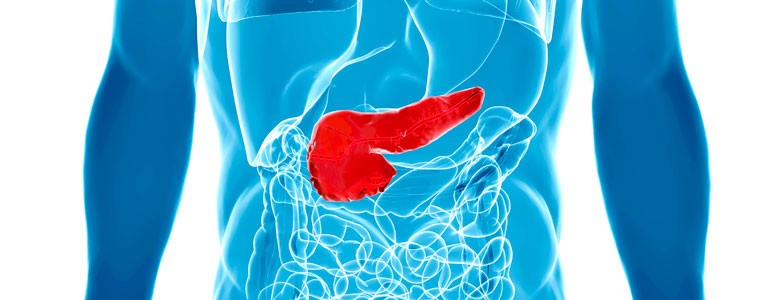During development, cells proliferate and differentiate to enable organs to achieve their final functional architecture1. As cells develop to reach their mature state, they respond to various extrinsic cues provided by the surrounding microenvironment and acquire a fate that can be determined by their location in a tissue. But little is known about how these cues drive intracellular changes, such as transcription or differentiation, or how tissue architecture and cellular rearrangements can, in turn, affect cell fate. Writing in Nature, Mamidi et al.2 provide insight into how cell location and exposure to certain external cues can affect whether cells in the developing pancreas give rise to β-cells that make the protein insulin. Deficiencies in insulin-producing cells can lead to diabetes, so a better understanding of how these cells form could have clinical implications.
As well as the hormone insulin, which has an essential role in the regulation of blood-glucose levels3, the pancreas produces digestive enzymes. The organ develops by a complex stepwise process that gives rise to many cell types3,4. Embryonic pancreatic cells, also termed progenitor cells, initially express the transcription factor PDX1 and can generate all of the cell types found in the pancreas3,5. When the pancreas begins to form, these progenitor cells are segregated into domains that give rise to specific cell lineages5.
One domain forms the cells that make digestive enzymes, and the other domain, termed the trunk domain, develops from cells called bipotent pancreatic progenitors (bi-PPs) that can give rise to two cell types (Fig. 1), pancreatic duct cells and hormone-producing cells4,5. A hallmark of the bi-PP cells that will differentiate into hormone-producing cells3,4, such as β-cells, is the expression of the transcription factor NGN3…..







